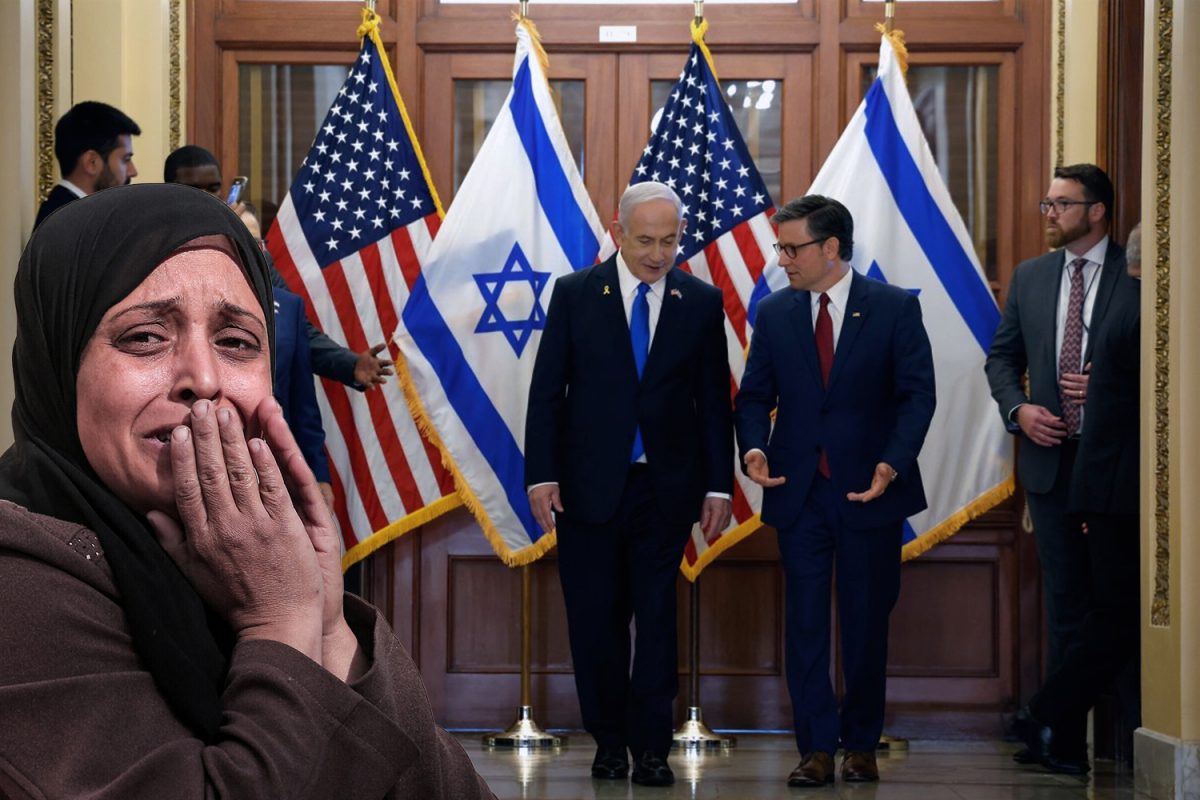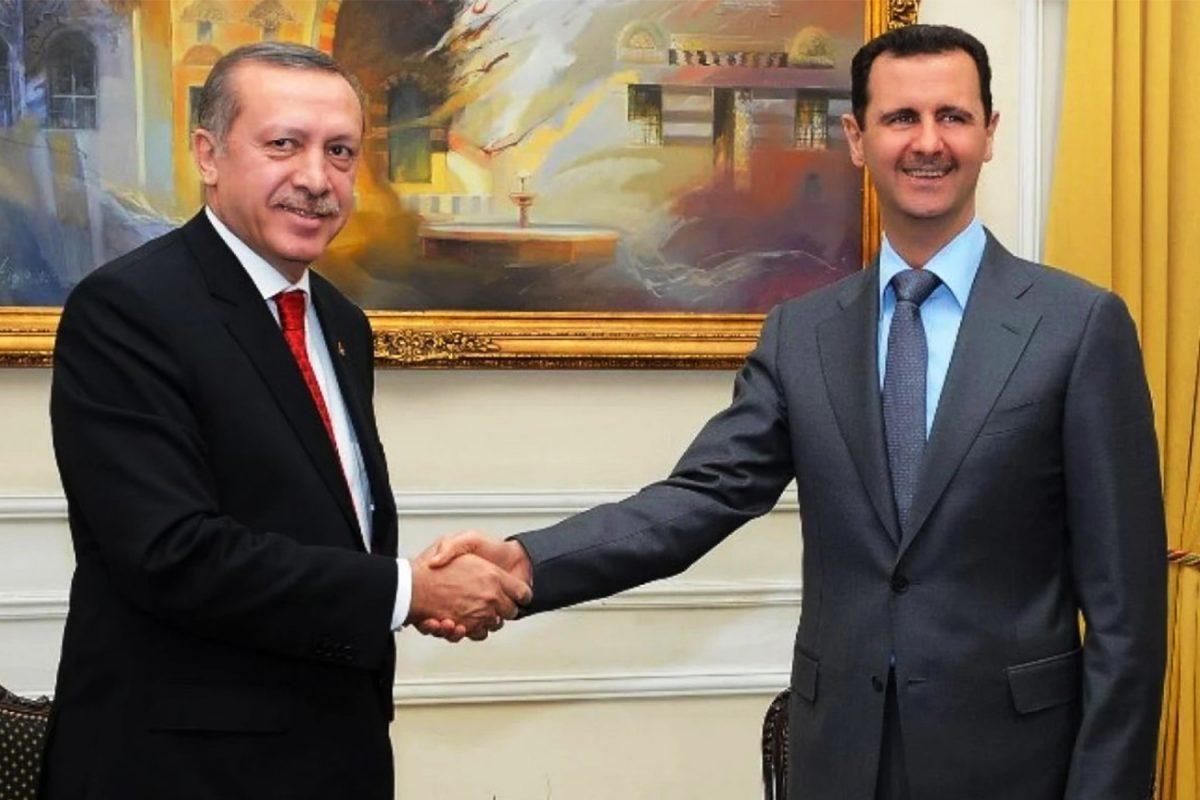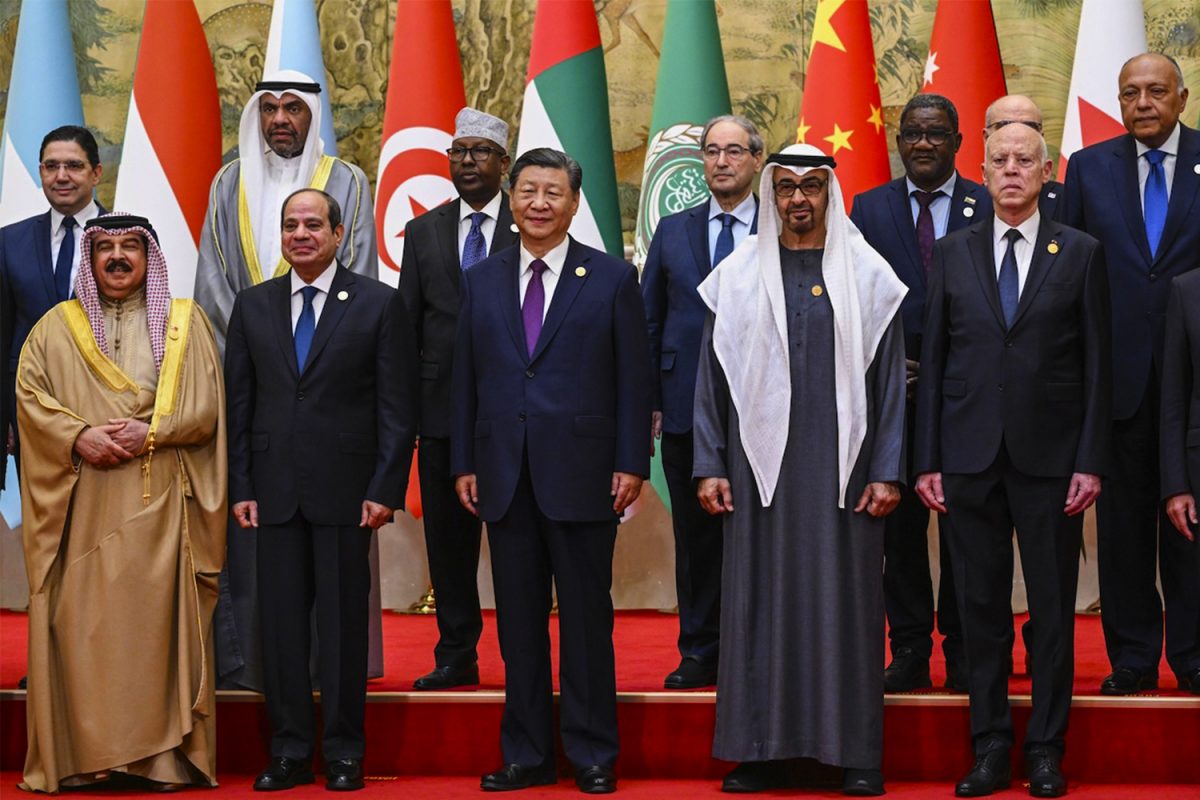By Muhammed Ubaid
The electoral success of Donald Trump in the US presidential elections on 8th November 2016 has created much debate. As someone with no political background and no political experience, Donald Trump, the American businessman and television personality led a campaign which called for change in many of America’s policies. Global financial markets reacted with falls across the world at Trumps unexpected victory. The world’s leaders were all forced to re-evaluate their positions, calling for clarity on US foreign policy. The million-dollar question is are we about to witness a shift in US foreign policy?
It is important to keep in mind Donald Trump, like all the US presidents before him, said what was necessary to get to the White House. Whether this required lying, concealing the truth or making facts up, Trump did what was necessary to achieve this. As Trump has never held a political office his political positions were largely unknown before his campaign. As a result he ran a campaign with very little on policy and more on criticising Hillary Clinton personally. Trump’s political positions, and his descriptions of his beliefs, frequently changed and were vague and contradictory. Politico.com – the US political-journalism organisation that covers politics and policy in the US described his positions as “……often contradictory.”[1] According to NBC News, over the course of his campaign Trump made “141 distinct shifts on 23 major issues.”[2] In July 2016, PolitiFact counted 17 times when Trump said one thing and then denied having said it.[3] Based on this it would not be worth looking at Trumps election pledges as he said what was necessary to get into office.
[pullquote align=”right” color=”” class=”” cite=”” link=””]According to NBC News, over the course of his campaign Trump made “141 distinct shifts on 23 major issues.” In July 2016, PolitiFact counted 17 times when Trump said one thing and then denied having said it.[/pullquote]
The main challenges the US faces and Trump will have to tackle are China, Russia the Muslim world and a variety of domestic issues.
China – China represents one of America’s most important foreign policy matters currently. This is because China continues to challenge the US in the Far East and continues to grow in power. China has come a long way since Presidents Nixon’s visit to Beijing in 1972 at the peak of the Cold War. America began to normalise relations with China in order to split the Eastern camp back then. With the collapse of the Soviet Union in 1991 this political plan of friendly relations with China was strengthening China and US policy shifted from cooperation to competition. Condoleezza Rice while serving as a foreign-policy adviser to George W Bush, then governor of the state of Texas, during the 2000 presidential campaign in a Foreign Affairs article highlighted this: “China is not a ‘status quo’ power but one that would like to alter Asia’s balance of power in its own favour. That alone makes it a strategic competitor, not the ‘strategic partner’ the Clinton administration once called it. The US developed a policy of containment rather than outright competition with China which would expend US resources
US foreign policy has focussed on building nations such as South Korea, India, Vietnam, Australia and Taiwan to contain China. But during this period, China’s economy has grown from $315 billion in 1990 to $11.3 trillion today. China now consumes more than 3 times the energy it produces and requires minerals and metals more than what it produces. As the US controls many of the routes and sea lanes China relies on, China is reviving the old silk road route with the “One belt, one road” initiative. This is to ensure it receives an uninterrupted supply of resources. To achieve this it has rapidly developed its air force and navy, which were historically the weaker components of its military. Whilst Trump only spoke of the economic effects of China’s rise and the loss of US jobs, as these moved to China, US president Trump will have to oversee China’s challenge to weaken the US presence in the far East and dominate the region. Under Obama the US used military sales to strengthen the nations around China and the Trans Pacific Partnership (TPP) was used to link the region’s trade with the US at the expense of China. America’s strategy of containing China has failed and the Trump administration will need to come up with alternatives if it doesn’t want to lose the region.
Russia – The collapse of the Soviet Union in 1991 saw 15 new nations emerge from the old Soviet bloc. The disintegration of the Soviet Union was an opportunity that America did not miss. Accordingly, America begun to spread its agents, institutions, intelligence and above all, its money in order to secure a foothold in these republics. The US through the EU and NATO brought many of the Soviet republics under its influence. The US obstructed the deal on a federally controlled but semi-independent Yugoslavia which led to civil war in 1993, it used this as a pretext to launch war against Serbia where Russia has ethnic ties, and by inaugurating Kosovo’s independence it further weakened Russia. The encirclement of Russia was consolidated through the colour revolutions in Kyrgyzstan, Georgia and Ukraine where pro-Russian regimes were overthrown and pro-Western leaders took were brought to power.
But as the US drowned in insurgencies in Afghanistan and Iraq, Vladimir Putin was able to regain the country for the security class and managed to stop the countries decline. Putin reversed many of the colour revolutions and began to regain some of Russia’s lost influence in Eastern Europe. The US was able to use the Euromaidan protests to bring to power a pro-West regime in Kiev and despite Russia’s annexation of Crimea, US and European sanctions and the collapse in oil prices is all hurting Russia. America’s political plan has been to not just contain Russia but rob it of its former republics. Whilst Russia has worked with the US in Syria, this was to achieve a bargain over Ukraine, which the US has refused to do. Whilst Trump has praised Putin, this has been him personally and not to Russia and the nation’s foreign policy. He praised Putin’s strong leadership and would mention this to undermine Obama. The US is in a strong position against Russia and it’s unlikely those in government and other policy makers will permit a change in US policy on Russia.
Muslim World – Barack Obama in 2008 ran a presidential campaign on the fact that Bush’s adventure into Iraq had obscured the real threat from Afghanistan and Pakistan, which should be the priority. When Obama took office, the US military and foreign policy establishment had already abandoned the neo-conservative objective of crushing the Taliban and remaking Afghanistan into a functioning democracy. The US got India, China and Iran to take stakes in Afghanistan which would allow the US to reduce its troops to a low level and show it had ended the war to the US public.
In Iraq, Obama adopted the Bush administration’s policy of a staged withdrawal linked to political stabilization and the development of Iraqi security forces. While he tweaked the timeline on the withdrawal, the basic strategy remained intact. He even retained Bush’s defence secretary, to oversee the withdrawal. The security forces the US spent billions on were pushed aside in 2014 when ISIS took over Mosul, then Ramadi, Fallujah and most of the Anbar province all fell. Were it not for the US intervention, again, the ineffective US constructed Baghdad government may very well have fallen. Despite what Obama always said, his rhetoric gave way to the raw facts that the US will have to maintain a substantial presence if it wants to keep Iraq within its sphere of influence.
In the Arab world, the US, under Obama managed to keep its lackeys in power or replaced them with other loyal agents when the people took to the streets to overthrow them. But after 5 years since the uprising began the US continues in its attempt to ensure real change doesn’t come to Syria. Using the cover of ISIS the US has provided cover to the Bashar al-Assad regime to massacre the people of Syria in order that they abandon their demands for real change. Whilst the rebel groups in Syria and the people of the country have lost a lot of territory, al-Assad has also been weakened. Without ISIS attacking the northern areas of Syria alongside Russian air attacks the regime in Damascus would have fallen.
[pullquote align=”left” color=”” class=”” cite=”” link=””]From Donald Trump’s statements it would seem he has no grasp of foreign affairs in the Muslim world. He has presented no coherent policies for the region, but used the hatred for Islam and Muslims to get to power. Based on this it’s unlikely US policy under Trump will change towards the Muslim world[/pullquote]
In Syria, the US political plan is to kill the uprising and destroy any hope any Muslim had in change. This is why Obama said from the beginning of the battle in Syria, that it would be a decades long war. The US administration views victory in Syria as essential to destroy whatever hope there is within the ummah for real change. From Donald Trump’s statements it would seem he has no grasp of foreign affairs in the Muslim world. He has presented no coherent policies for the region, but used the hatred for Islam and Muslims to get to power. Based on this it’s unlikely US policy under Trump viagra prix en pharmacie will change towards the Muslim world.
Economy – The state of the US economy, remains in a precarious state and doesn’t look like it will improve anytime soon. Wealth inequality continues to increase significantly with the top 0.1% possessing as much as 60% of the nation’s wealth.[4] Much of Trump’s campaign played on this and it appears it did work for him. With wealth inequality comes a disparity in accessing health services due to rising insurance premiums. These steep economic conditions are faced worse by ethnic minorities with the Forbes 400 owning more wealth than all the African Americans and a quarter of all Latin Americans in the US.[5] The economic measurements are all problematic for Trump when he takes office. From the budget deficit to the trade deficit, any deterioration of this will impact America’s global presence. An increasing government budget deficit year on year can only go so far, with a deficit that is much larger than the size of the US economy, Trump will have to navigate the US through this.
Social Cohesion – Donald Trump’s presidential campaign included the continuous slandering of minority groups including Mexicans, black people and Muslims. Trump’s campaign confirms the racial problem buy levitra bayer the US has. When young, black teenage men are shot and killed by white police officers and trigger extraordinarily intense social commentary about racial tension in communities like Ferguson, Missouri, it means the US has not solved the equation yet. When a mentally unbalanced, young, white man sits quietly in a historic, black church during a Bible study for an hour and then kills nine black parishioners in order to start a race war, it’s more than just an isolated incident. When America’s first black president feels compelled to use part of his State of the Union address midway through his second term in office to talk about the state of the dialogue between blacks and whites in America, it means the racial bias in the criminal justice system is endemic. Trump used the racial card to get to power, he will on January 7th 2017 have to deal with the social unrest it will cause.
The US president, whoever he or she is faces the same challenges. The US president in reality has little power and even more indirect limitations. Congress yields immense power in the US and has a say on matters such as the budget and the funding for war. The US president is a transitional position, in the sense that the specific president deals with the same underlying issues, rather than a different set of issues. Successive US presidents have to deal with maintaining US global interests, dealing with both global and regional threats and maintaining the country’s dominant position. Each president will have a certain amount of finance (budget) How these are used, prioritised and deployed https://www.acheterviagrafr24.com/achat-viagra-cialis-levitra/ is what changes between presidents, but each president pursues the same strategic aim, they have more control over the tactical rather than the strategic plan. Whilst Trump talks of making America great again, he will have to stop talking and start doing and will face the same institutional obstacles every one of his predecessors faced.





